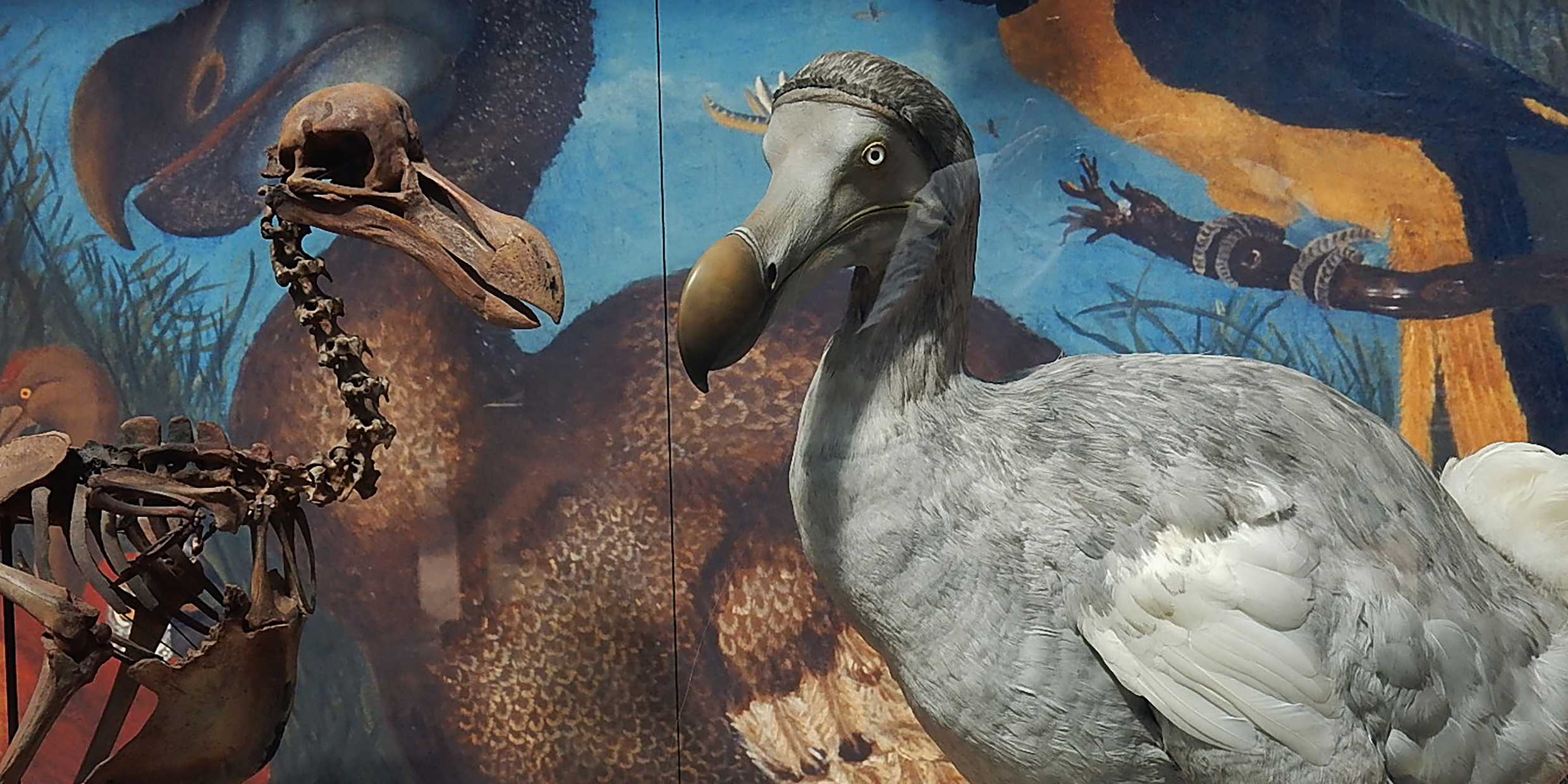Originally published 31 December 1990
Svelte dodos, cloned magnolias, pet rocks of venerable age, and buckyballs. In this season of lists, here is one more. Ten of the funkiest, funniest, and just plain foolish science stories of 1990. If nothing else, they prove science has a human face.
Immunologist Leon Rosenberg of Stanford University is working on a mosquito vaccine for use in insect and disease control. The vaccine, injected into humans, will afford no protection from mosquito bites or from infection with the malaria parasite. It will, however, be deadly to the mosquito that bites a vaccinated victim. Why should Rosenberg expect us to accept vaccination with an agent that provides no immediate personal benefit? Altruism? Nope. Revenge against the pesky mosquito? You bet.
Remember the dodo? A fat, flightless bird from the island of Mauritius in the Indian Ocean, driven to extinction within a century of its discovery by Europeans in 1592? The dodo’s ungraceful corpulence somehow seemed to account for its dead-as-a-dodo fate. Apparently, our image of an obese dodo was based on 17th century paintings of captured birds grown fat in confinement. A reconstruction of the dodo, based on the best scientific evidence, is on display at the Royal Museum of Scotland. It shows a creature that is positively svelte.
Female anthropologists met at the University of California at Santa Cruz to discuss female biology. The meeting was closed to male researchers, a restriction that attracted widespread criticism from within the scientific community. One organizer of the conference was quoted in the press as saying, “At the end of the first day, we were where we’d be after three days of other conferences.” According to the women, male posturing and filibustering slow scientific conferences.
A live-and-livid dinosaur?
Paleontologists announced the recovery of intact DNA from fossilized magnolia leaves almost 20 million years old. The exceptional preservation resulted from burial in lake-bottom muds with low oxygen content and cold temperatures. The researchers were able to amplify the DNA and compare it to DNA of present-day species. The work offers a dazzling plot scenario for science fiction writers: DNA is obtained from a well-preserved 70 million year-old dinosaur fossil and used to clone a live-and-kicking Tyrannosaurus rex.
Pet your cat, but leave the house plants untouched. That’s the conclusion of researchers at Stanford University Medical Center who have identified plant genes that are activated by touch. The genes cause plant growth to be stunted. Why would such a response evolve in plants but not in animals? The researchers guess it may have something to do with the fact that plants can’t move in response to environmental stress. In other words, when your cat tires of being petted, it gets up and walks away. Your rooted petunia shrivels.
Here’s one that’s counter-intuitive. Psychologists at the University of Austin think they have discovered what makes a human face attractive: averageness. They digitized the faces of 32 female college students and averaged them on a computer. They then asked student volunteers to compare 96 individual digitized faces to the average face. Only four real faces were considered more beautiful than the composite. The essence of beauty, apparently, is ordinariness.
And here’s a story of do-goodism run amuck. Two veterinary surgeons in England narrowly escaped death or injury when plastic explosive devices went off under their automobiles. A 13-month-old boy in the vicinity of one explosion was severely injured. The Animal Liberation Front, a group of animal rights activists, claimed responsibility, vowing to kill or maim any scientific researcher who “abused and tortured” animals.
Late in 1989, Samuel Bowring, a geologist from Washington University in St. Louis, announced the discovery of the oldest known rocks in the Earth’s crust. On a remote island in a lake in the Northwest Territories of Canada, he found an outcrop of granite dated at 3.962 billion years, only half-a-billion years younger than Earth. Bowring won’t get rich on his discovery, but a couple of Canadian prospectors sleuthed out the site and staked a claim. They are selling pieces of the granite as novelties, so far more than a ton of the stuff, small bits for $5, big chunks for $50. Next, they plan to fly in Japanese tourists.
Writing for profit
Scientists seldom get rich from their discoveries, but a few have achieved superstar status in the realm of publishing. Stephen Hawking’s A Brief History of Time sold about 250,000 hardcover copies in Britain, and a million more in the United States. Now, Nobel laureate Murray Gell-Mann, professor of theoretical physics at Cal Tech, has signed a contract worth “way over a million dollars” for a book called The Quark and the Jaguar. Gell-Mann is the fellow who invented the quark and snitched the name from James Joyce. His Nobel Prize is loose change by comparison with his book advance.
Few scientific disciplines are more unglamorous than materials science, but 1990 was a exciting year for the folks who arrange old atoms into new materials. Nothing was more exciting than the discovery of a way to produce substantial quantities of “buckyballs,” spherical molecules of 60 carbon atoms that are expected to have unusual and possibly useful properties. The nickname derives from the soccer-ball arrangement of carbon atoms in the molecule, which resembles the geodesic domes invented by Buckminster Fuller.
Playing with buckyballs! Who said scientists don’t have fun?



